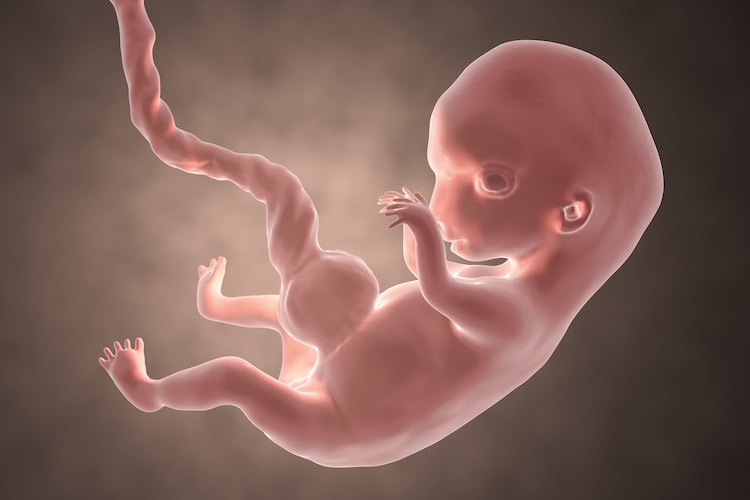It’s not just genetics that determine how a baby’s face forms in the womb. Physical pressures experienced by the embryo play a significant role in shaping facial features, according to researchers at UCL.
Their study, published in Nature Cell Biology, which involved observations on mouse and frog embryos as well as human embryoids (lab-grown cell structures), found that higher-than-normal levels of pressure can disrupt the development of facial features.
This suggests that differences in pressure might contribute to the risk of facial malformations.
Facial malformations or craniofacial malformations, including craniosynostosis, are the result of a baby’s skull or facial bones fusing together too soon or in an abnormal way. This causes deformation in the face.
Lead researcher Professor Roberto Mayor explained, “Our findings suggest that facial malformations could be influenced not only by genetics but also by physical cues such as pressure in the womb.”

The research showed that when neural crest cells, which are responsible for forming facial features, experience increased pressure.
Because of this important cell signalling pathways are affected, leading to a higher risk of craniofacial malformations.
Professor Mayor highlighted the need for further research to understand how changes in pressure, both inside the body and from the environment, could impact embryo development.
“Our work shows that embryos are sensitive to pressure, but we do not know how sensitive they are; for instance, will a change in the pressure inside the uterus be able to affect the embryo? This will require further research to understand how changes inside the body as well as in environmental pressure might influence human embryo development,” Mayor said.
These findings could also have implications for stem cell research. The study suggests that the development and specialisation of stem cells are influenced by pressure, which could change how scientists use stem cells for therapeutic purposes.
Understanding the role of physical cues in the womb could lead to new insights into facial development and potentially improve treatments for facial malformations.



